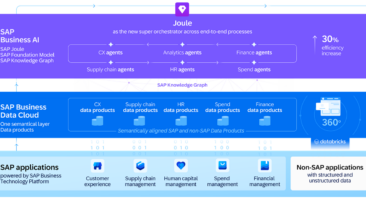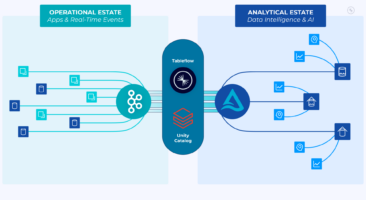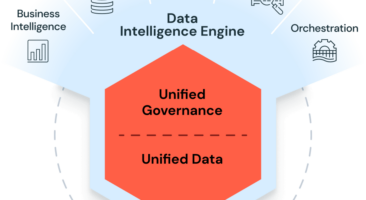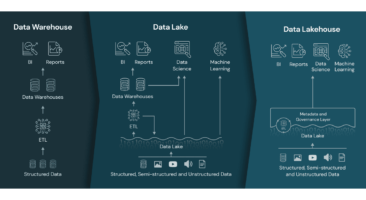Digital Transformation Challenges: Vision for the Future
When a company begins the planning for a digital transformation, there are always challenges that need to be overcome. One specific obstacle that is quite common is trying to get all the key people to agree on a vision for the future. While everyone will generally agree that a digital transformation is needed, and even on some of the steps that need to be taken, creating a long-term digital strategy and vision usually comes with some conflict.
In order for the transformation to be a success, the organization needs to come up with processes that will help to overcome conflict related to the digital vision. While this will certainly have technical aspects to it, the solutions must also include:
Creating a List of Digital Vision Goals
Conflicts on the digital vision of an organization often come down to various people or teams not accurately understanding the actual goals. For example, one team may be looking at their specific needs as the goal of a digital transformation. Instead, the actual digital vision should be focused on the needs of the business. What specific IT departments want in this process will simply be processes or procedures that are in place to help support the digital vision.
Create a list of goals for a digital vision right from the beginning so that there is no confusion. Some examples of vision goals that organizations have for a digital transformation include:
- Digital Security Compliance – A significant security breach can result in a loss of trust by customers, fines from governmental agencies, and other significant financial loss. Digital security should almost always be a key aspect of any digital vision.
- Agile Software Development – Your developers are almost certainly being asked to produce more apps faster than ever. Using Agile methodologies can help them to prioritize work based on business need.
- Cost Reductions – Reducing expenses is almost always an important part of a digital vision. This can be done through cloud migrations and other advancements.
- Improved Customer Experience – Creating a portal that your customers can use is a great way to improve their experience. A digital vision will often include specific details about how to improve the customer’s overall experience.
- 3rd party software to fit your needs – Software, such as Smart Field Forms are great ways to digitize workflows. Or custom solutions leveraging cloud products.
Of course, these are relatively generic goals. A company will need to evaluate their own specific goals based on the industry they are in, their current technical configuration, and many other factors. Keeping the focus on the long term, ‘big picture’ goals will help to guide the entire digital transformation effort.
Designate a Digital Transformation Leader
While most decisions throughout a digital transformation will be made by teams of people, it is important to have someone who can make final decisions. Ideally this will be someone who either has experience with digital transformations or has a strong technical background as well as an understanding of the business.
Some companies will list the chief information officer as this individual. While this can certainly be a good option for mid-sized companies, larger organizations may want to choose someone who can focus their time on this project. The digital transformation leader should be intimately involved with the process so they don’t need to be brought up to speed whenever a decision has to be made. In addition, this person should not be a part of any specific team so that their decisions are not biased.
Create a Strategic Roadmap
Along with the digital vision for the organization, creating a strategic roadmap is also something that should be done early on in the process. In many cases, the obstacles in creating a digital vision will be similar to those of a roadmap. Getting everyone on the same page with this step will help to facilitate the rest of the transformation.
Developing a comprehensive strategic roadmap will provide guidance for various teams to take over the coming months. While it is good to have something written up, it is also important to remain flexible so teams can make adjustments as needed based on the rapidly changing environment.

















